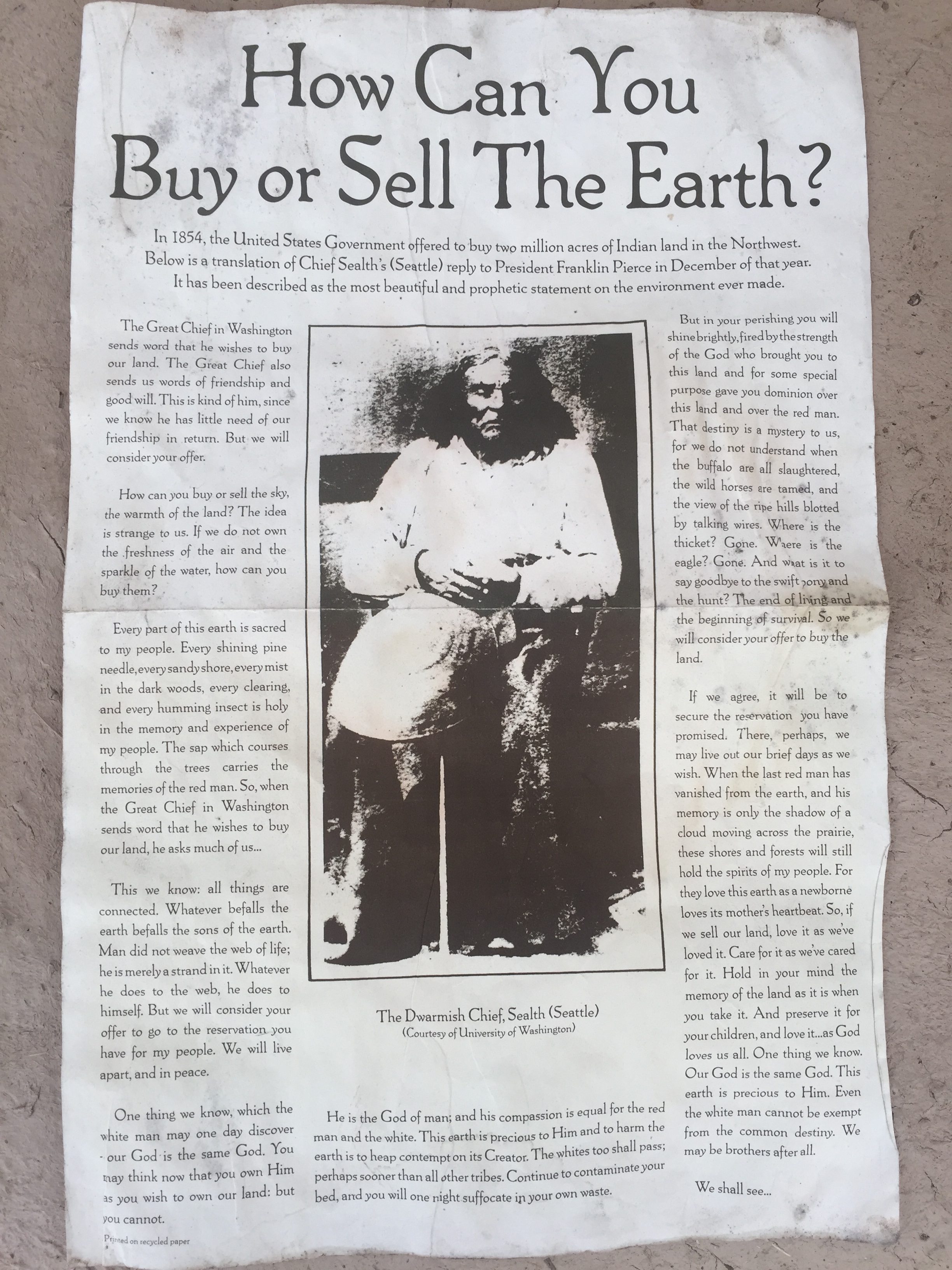
We’re gonna introduce something that is technically impossible to see.
The invisible environment of human society refers to the unseen systems, structures, and processes that sustain and govern our communities and economies. This includes everything from laws and regulations, to trade and commerce, to the built environment and the various institutions that make up our society. These components of society are not tangible or visible to the naked eye, but they play a critical role in shaping our experiences, shaping our communities, and determining our well-being.
Businesses are organizations that exist to produce and distribute goods and services to meet the needs of consumers. They are the engines of economic growth and play a crucial role in creating jobs and wealth. In order to succeed, businesses must operate within a complex network of laws, regulations, and market forces. This includes trade and commerce, which refers to the exchange of goods and services between individuals and organizations.
The built environment refers to the physical structures, systems, and processes that make up our communities, including buildings, roads, and public spaces. The built environment has a profound impact on our daily lives and well-being, and it is shaped by a complex interplay of laws, regulations, and economic forces. For example, zoning laws and building codes regulate the use of land, while public spaces and streetscapes are designed to meet the needs of pedestrians, cyclists, and drivers.
Laws are an essential component of the invisible environment of human society. They provide the framework for social and economic interactions, set standards for behavior, and enforce norms and values. Laws also serve to protect individual rights, such as property rights and freedom of speech, and to ensure fairness and equity in business transactions and economic exchange.
Another important aspect of the invisible environment of human society is trust. Trust is the belief in the reliability and integrity of others, and it is essential for the functioning of society and the economy. Trust is built through repeated interactions, and it is reinforced by institutions, such as the legal system, and social norms and values.
The various institutions that make up our society, including schools, hospitals, and religious organizations, also play a critical role in shaping the invisible environment. These institutions provide essential services and support to individuals and communities, and they help to establish norms and values, such as the importance of education, health, and social welfare.
In conclusion, the invisible environment of human society refers to the unseen systems, structures, and processes that sustain and govern our communities and economies. This includes businesses, trade and commerce, the built environment, laws, and the various institutions that make up our society. Understanding the invisible environment is essential for understanding how society functions and how we can create a more equitable and sustainable world.
This is really important. We’ll be getting more into it later.